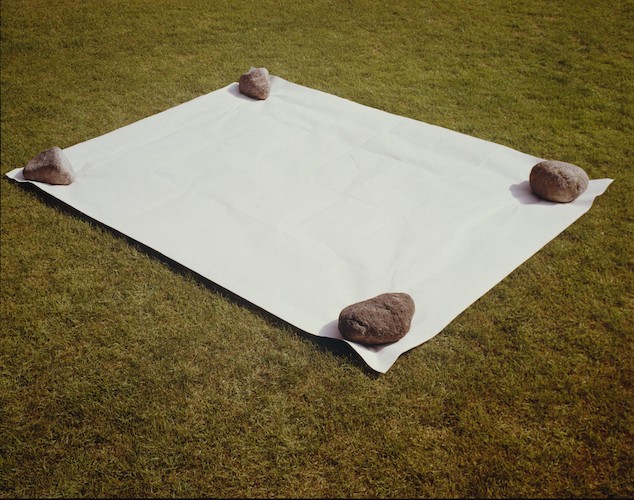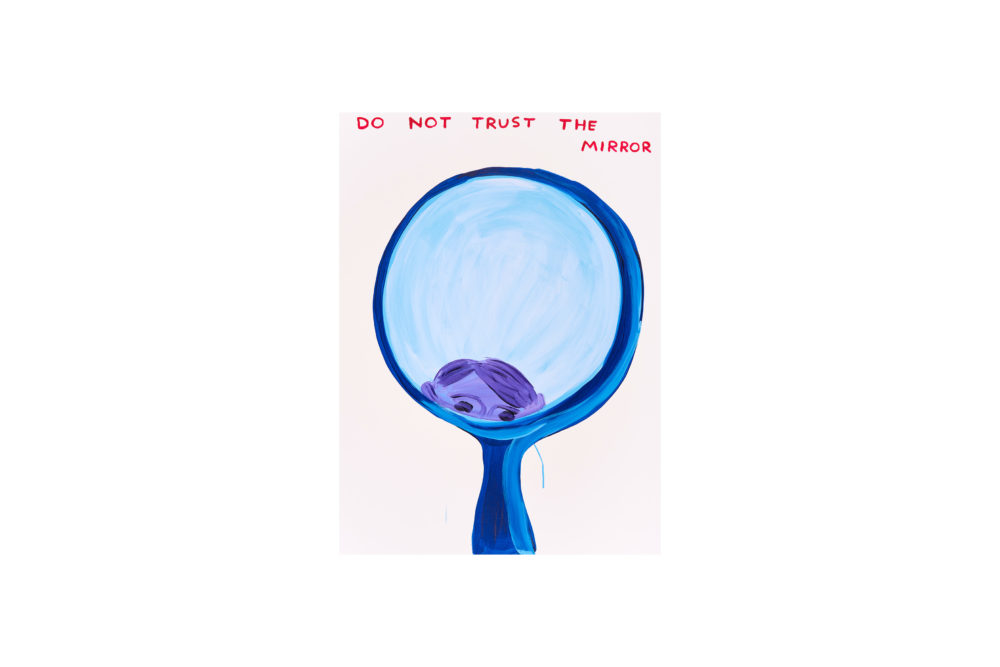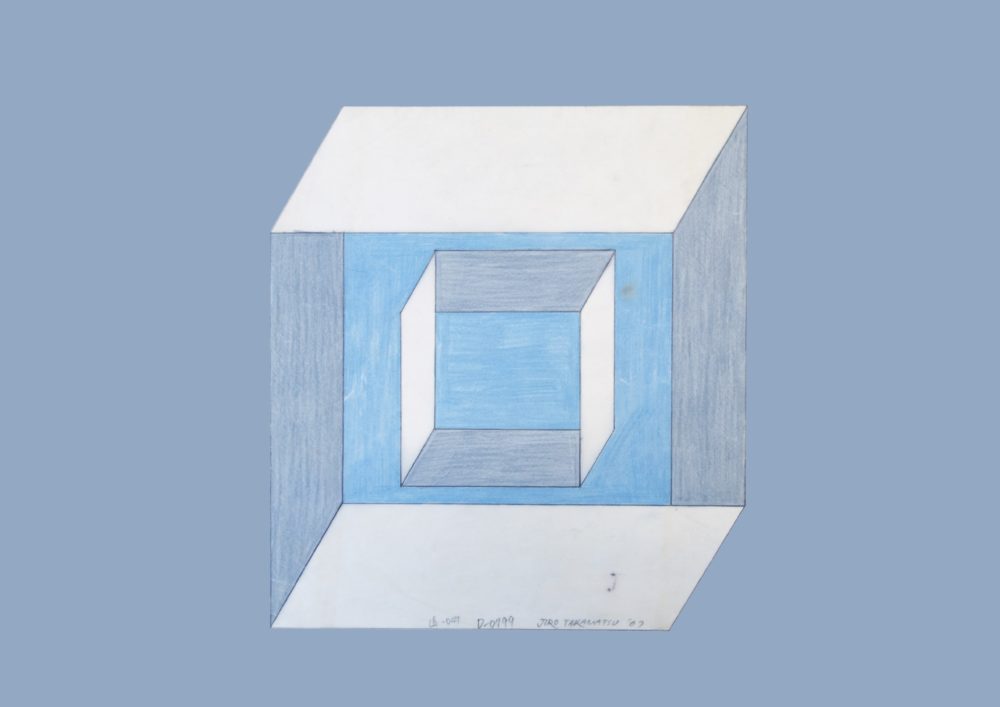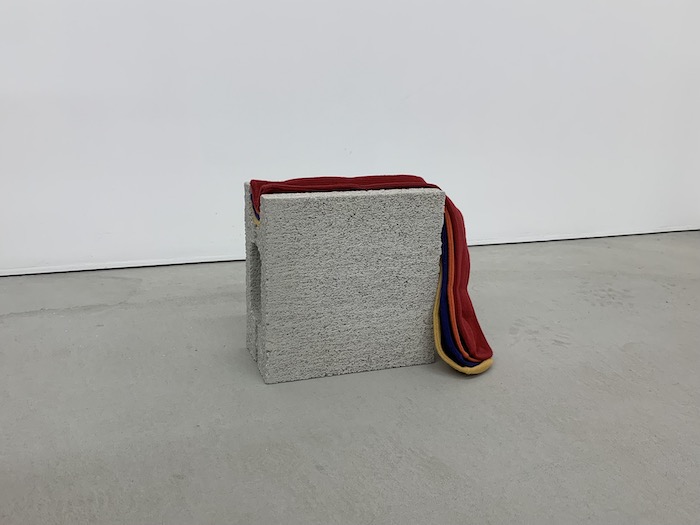Exhibitions
イ・ウォノ 「空白の重さ」
Wonho LEE | 이 원호 “The weight of the vacuum – Wonho Lee”

イ・ウォノの作品として近年記憶に新しいのは、国立新美術館での「アーティスト・ファイル 2015 隣の部屋 ―日本と韓国の作家たち」展で展示された巨大な段ボールの家でしょう。この「浮不動産」という作品で使われ ている段ボールは、イ・ウォノがソウルや東京でホームレスがたくさん住む場所を訪れ、彼らが居住している段 ボールの家を価格交渉の末、実際に購入したものです(それぞれのホームレスと交わした取引証明書と共に展示)。 「家」は資本主義社会において、資産であり、財産を測るものさしであり、富の象徴そして憧れの対象にもなり 得ます。しかしながら、こうした社会的に認められた「家」を持たないホームレスが、段ボールの「家」を紙幣 に置き換え、再度、経済的価値をつけたとき、彼らは法外な価格を提示しませんでした。このことは、彼らにと って「家」は財産ではなく、もっと本質的な意味での価値(外部から身を守る、寒さや暑さをしのぐ等)に基づ くものであることを示します。イ・ウォノはこの作品で、わたしたちの考える価値とは何なのかを問いかけます。 そして、「家」に代弁される人間の欲望、資本主義社会において付随した「住む場所」として以外の、表層的で 虚無な価値を露わにし、視覚化しようとしています。
日本で初の個展となる本展では、「The White field」シリーズの中からサッカースタジアムに引かれたコートの 白線を集めて塊にし、白い平面として空間に再出現させた作品を展示いたします。競技において特定のルールに 基づいて引かれた白線は、内側と外側を定め、人はそれに従いゲームを行い、また判断を下します。しかし、コ ートから分離され、展示スペースというコンテクストに現れた白線の塊は、その本来の機能を失い、定義された 境界はもはや意味をなくします。
このように、イ・ウォノは我々が普段何の疑問もなく持っている価値をその定義ごと解体し、全く異なる新たな 次元に構築し直すことで、その差異から露わになる、過剰なき本質的な概念を喚起しようとします。資本主義社 会に生きるわたしたちが、疑いもなく享受している価値観に改めて問いを投げかけるイ・ウォノの作品を是非と もご高覧ください。
尚、展覧会オープニングに合わせ、国立新美術館で上述の「アーティスト・ファイル 2015 隣の部屋」展をキ ュレーションし、今回の研究冊子に執筆をいただいた米田尚輝氏と、美術家の冨井大裕氏をお招きし、作家との トークイベントを予定しております。合わせてご案内いたします。
■作家ステートメント
The White Field
誰にでも開かれた空間ではあるが、条件により、誰かにとっては自分たちの領域を、また誰かにとっては超えてはいけない線を意味する競技場の白線からアイディアを得たものが「The white field」シリーズである。スポーツ競技場の上に区画された競技場の白線、即ちテニスコートの赤土の上に引かれた幅5cmのラインパウダーを筆で収集したり、サッカーグラウンドの芝生の上に引かれた幅11cmの白いペイントラインをはさみで切り集めた。収集された白線はそれぞれのラインが持つ幅と長さの総合により、新しい面積へと換算されて現れる。
競技場の形を持ちながらも、規定や境界、規則を意味する線だけでなされた一つのwhite fieldが新たに作り上げられる。このwhite fieldでは、本来なら主となるべき赤土のコートや緑のグラウンドの代わりに境界や規則、規定だけが残ることで、かえって反語法的に、線が持っている本来の意味である境界や規定はその役割を失い、white fieldは一つの無化された空間へと還元される。このような構造に対する抵反と再配置により、私たちの社会の規則と秩序に対して、私は再び考える機会を持とうとしている。
Looking for
私が暮らしている地域の地下鉄駅周辺には不動産の広告、住宅売買のビラが所々に貼られている。殆どのビラは物件周りの環境や正確な位置情報が漏れていて、信頼を与えるには至らないが、華やかな色と大胆な謳い文句、価格、そしてきれいに整えられた室内空間のイメージなどで人目を惹く。このようなビラに表れている住宅売買情報には、もはや人生の痕跡を刻んでいく本来的価値としての「家」は意味されていない。むしろビラのなかの情報は、おそらく、価値・所有・欲望・現実・生存・剰余などの問題が複雑に絡んだ空間へと私たちを招くよう機能しているのであろう。
街のビラを収集した後、私はその上に金箔を施した。手で掴み取る前に壊れてしまう、薄く無邪気な欲望としての金箔は、ある瞬間また違う異面の欲望で自身を飾って現れる。不動産のビラの中の物件情報は、金箔の華やかさに埋もれ、詳しく読まない限りその存在に気づき難い。しかし、近づいてみるとビラに印刷された家のイメージは消え、その中に埋もれていたビラのテキスト、即ち具体的な金額や家の大きさに対する内容だけが、端のたわんだビラの中から見えてくる。
2017年4月
イ・ウォノ
-----
In ARTIST FILE 2015 Next Doors: Contemporary Art in Japan and Korea an exhibition at The National Art Center, Tokyo, Wonho Lee presented a huge house made of corrugated cardboards which is fresh in our memory. For this work titled Floating real estate, Lee used corrugated cardboards which had actually been used as house for the homeless. To acquire them, Lee visited districts in Seoul and Tokyo where many homeless people lived and through price negotiations with them, purchased the corrugated cardboards that they lived in. (The work was shown with the transaction certificates as proof of purchase.) In a capitalist society, a house is considered as a property, an indicator for the owner’s degree of richness, and a symbol of wealth, as well as an object of admiration. However, when the homeless who did not possess such socially recognized houses exchanged their houses with cash to place economic value on them, they did not ask for a lot of money. It showed that for them, their houses did not represent assets but more essential values based on protection functions against the outside world, coldness, heat, etc. In this work, Lee questioned the concept of value that we hold; He tried to expose and visualize the human desire represented in the idea of house, as well as superficial and vacant values that capitalist societies attached to it in addition to its essential function as place to live.
This exhibition, which is his first solo show in Japan, presents a work from the series The White field. For its creation, Lee went to a football stadium to collect the white powder that was used to draw lines indicating the boundaries of a football field; he then used it to create a new rectangular shaped white field on the floor of the gallery. In a game of sports, the white lines that are drawn according to a specific rule determine the inside and the outside of a field and participants comply with their implications, while judgements are also made according to them. However, when it is separated from the court and transformed into a mass of white powder to be presented in the context of an exhibition space, it loses the original function and the boundary that it once defined becomes no longer valid.
Wonho Lee thus deconstructs values that we normally cherish without questioning them, together with their definitions and reconstructs them into a totally different new dimension, thereby attempting to make us aware of the essential concept without superfluous excess that the difference reveals. His work questions anew the values that are enjoyed without any doubt by those of us who live in capitalist societies.
In conjunction with the show's opening, we will organize a special talk event with the artist, inviting as guest speakers: Naoki Yoneda, the curator of ARTIST FILE 2015 and the writer of our new research book on Wonho Lee; and Motohiro Tomii, the artist.
■ Artist Statement
The White Field
Space defined by white lines in sports stadiums is open to anyone. However, for some, the white lines indicate their territory, and for others, borders that they must not cross, under certain conditions. Such a characteristic of the white lines in the sports grounds are the ones that gave me an idea to create The white field series. I collected the white lines that segmented the areas on sports grounds, such as line powder with a width of five centimeters drawn on the red soil of a tennis court or painted lines having a width of eleven centimeters on the lawn on a football field, the former with a brush and the latter with scissors. The collected lines were converted into new areas of various dimensions depending on the width and the length that each of them originally had.
Hence, white fields made only of lines that defined regulations, boundaries, and rules were newly established, although they had the shapes of sports grounds. In these white fields, a red soiled tennis court or a green football field which are supposed to have the primal importance have disappeared, whereas the indications of the boundaries, rules and regulations remained, ironically eradicating the original functions that they formally possessed. Thus, white field in turn was reduced to a nullified space. By such resistance towards structure as well as its replacements, I try to have a chance to rethink the regulations and orders in our society.
Looking for
Around the metro station in the neighborhood of where I live, real estate advertisement bills are posted here and there. Most of them lack the precise information about the environment or location of the property that they advertise and for that reason fail to gain people’s confidence. However, their bright colors, flamboyant messages, prices, and the images of finely organized interiors do attract our attentions. The information represented in such bills have no significance in terms of the essential value of ‘house’ where we inscribe the traces of our life. Rather, they function to invite us into space where the issues of value, possession, desire, reality, survival, excess are complexly intertwined.
After collecting bills in the city, I applied gold leaf on them. Gold leaf as a symbol of a thin and innocent desire that breaks before holding it in hand gives different impressions at a different instance, decorating itself with a different kind of desire. The information given in real estate bills easily sank into the brightness of golden leaf, and it became difficult to acknowledge its existence unless reading it carefully into details. However, when I got close to them, the images of the houses printed on disappeared and their texts, that are exactly the facts about the prices or the sizes of the properties surfaced from the bills with curled edges.
April 2017
Wonho Lee











Past Exhibitions






